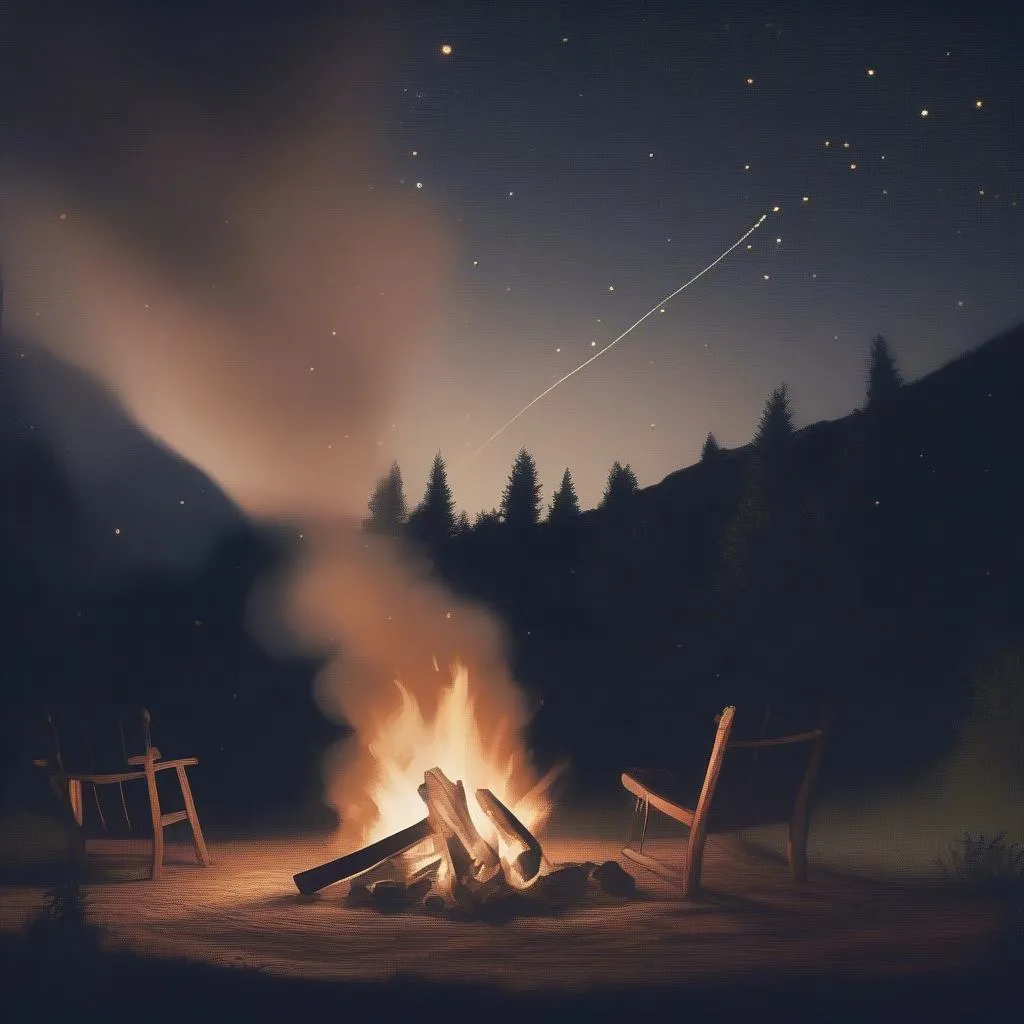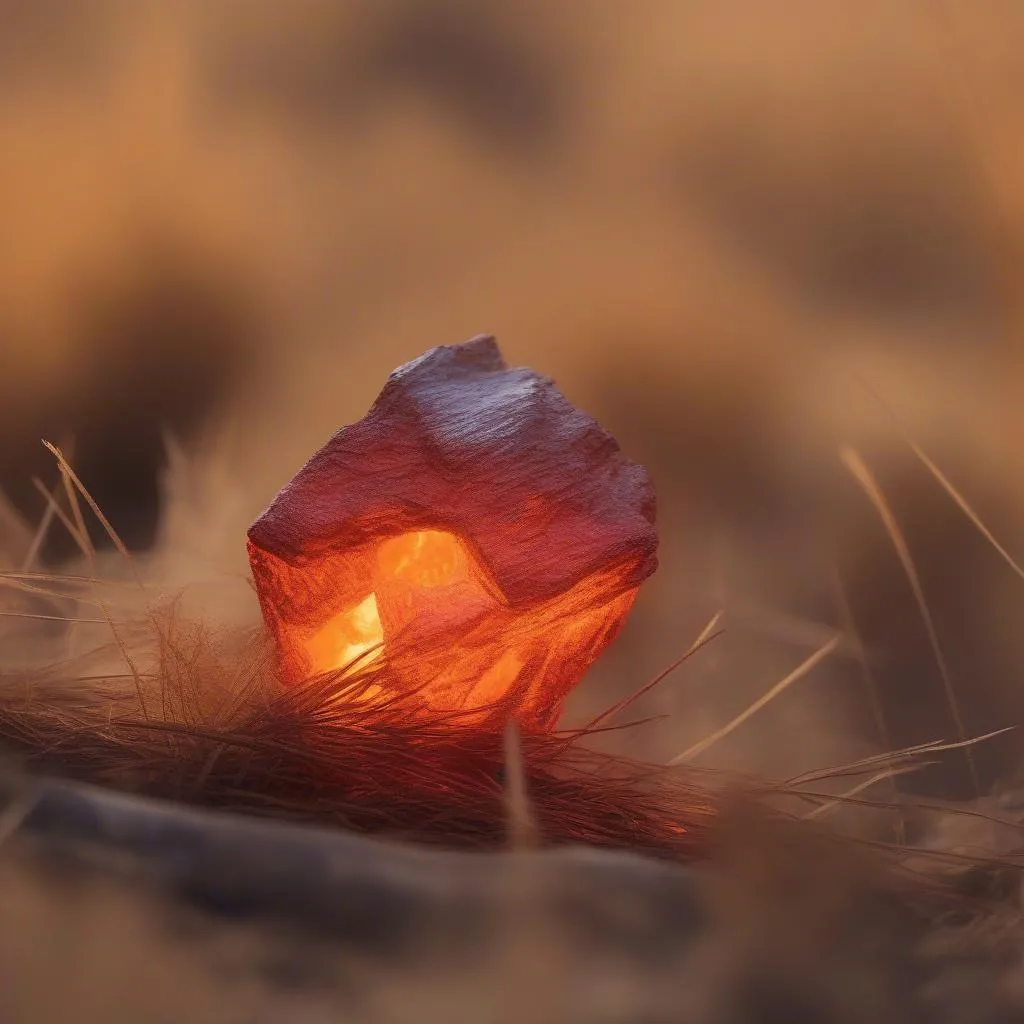Picture this: you’re on a road trip across the USA, cruising down Route 66 with the windows down, wind in your hair. You stop for a break, build a campfire to roast marshmallows under the starry sky. But how long do you stay vigilant after the flames die down? Knowing how far embers can travel isn’t just backyard trivia, it’s a crucial safety tip, especially for travelers exploring the great outdoors.
Understanding the Flight of Embers
Embers, those glowing fragments of burning material, seem harmless enough, right? Don’t let their size fool you. Driven by wind, these tiny firestarters can travel surprisingly long distances, potentially igniting dry grass, leaves, or even structures far from the original fire source.
Several factors influence how far embers can travel:
- Wind Speed and Direction: A gentle breeze might carry an ember a few feet, while strong winds can launch them hundreds of feet, even over natural barriers like rivers or roads. Think back to your road trip on Route 66 – a sudden gust could easily carry embers from your campfire towards a nearby forest.
- Ember Size and Fuel Type: Larger embers hold heat longer and can travel farther than smaller ones. Dense woods like oak produce longer-lasting embers than softer woods like pine.
- Vegetation and Topography: Dry, grassy landscapes provide ideal fuel for windblown embers. Hills and valleys can create wind tunnels, accelerating embers and making their trajectory unpredictable.
Embers and Your Travels: Safety First
Whether you’re camping in Yosemite National Park, enjoying a bonfire on a beach in Malibu, or even just having a barbecue in your backyard, understanding ember travel is essential for fire safety:
- Safe Campfire Practices: Always build campfires in designated fire pits or clear a 10-foot diameter area around your fire. Keep water and a shovel handy to extinguish the fire completely before leaving.
- Mind the Wind: Be extra cautious on windy days. Avoid building fires or use a fire pit with a screen to contain embers. Consider postponing your campfire if conditions are too risky.
- Be Aware of Surroundings: Take note of dry vegetation and potential fire hazards in your vicinity. Remember, even a small ember can spark a large fire, especially in dry conditions.
 campfire-safety
campfire-safety
Frequently Asked Questions About Ember Travel
- How far can an ember travel in the wind? While most embers land within a 10-foot radius, larger embers can travel up to 100 feet or more in strong winds.
- Can an ember start a fire after hours? Absolutely. Embers can retain heat for hours, even days, depending on the fuel source and environmental conditions.
- What precautions can I take while traveling? Besides campfire safety, be mindful of parking cars on dry grass (exhaust heat can ignite a fire), properly dispose of cigarettes, and follow local fire regulations.
 ember-flight
ember-flight